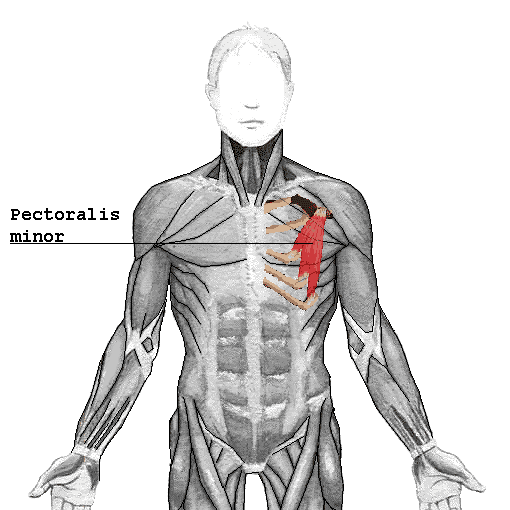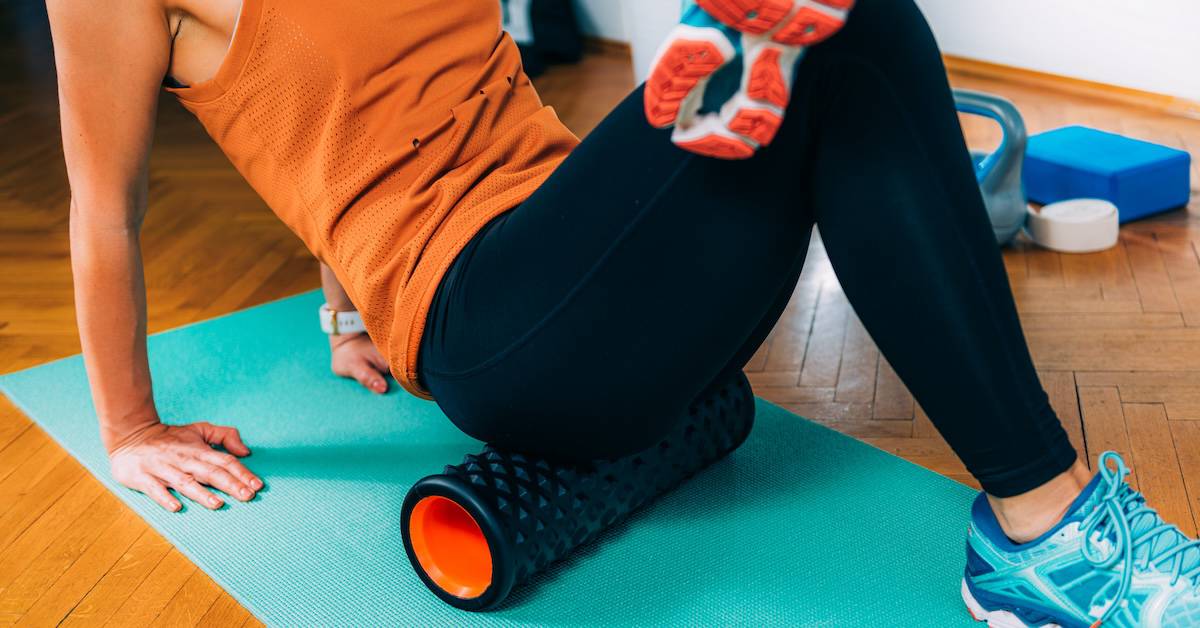In our modern world, many of us spend the majority of our days sitting, often hunched over a computer or phone. Over time, this can lead to tightness in the chest muscles or ‘pecs’, contributing to poor posture and discomfort.
This guide is designed to help you understand why this happens, recognize the signs, and provide simple, effective exercises you can do at home to alleviate tight pecs.
I. Signs of Tight Pectoral Muscles
The pectoral muscles can become tight due to a variety of factors. A lack of physical activity, certain repetitive movements, or exercises that focus on the pecs without sufficient stretching can all contribute. However, one of the most common culprits is the sedentary lifestyle many of us lead.
When you’re sitting for extended periods with your shoulders hunched forward, your chest area gets closed off, causing the pectoral muscles to shorten and tighten. This can limit the range of motion in your shoulders, neck, and upper back, eventually leading to discomfort or even pain.
II. Understanding the Pectoralis Major and Minor
To effectively target tight pecs, it’s important to understand that your chest is composed of two primary muscles: the pectoralis major and the pectoralis minor.

The pectoralis major is the larger, more visible muscle that gives the chest its shape. The pectoralis minor, on the other hand, is smaller and sits underneath the major. It’s often overlooked, but it plays a significant role in the posture and mobility of your shoulders.

In this guide, we’ll address stretches and massages that target both these muscles, ensuring a comprehensive approach to relieving tightness.
III. Preparation: Self-Massage for the Pecs
Before diving into the stretches, start with a self-massage for the pecs using a massage ball. This can help to release knots and trigger points and prepare the muscles for stretching.
Pec major massage
- Stand facing a wall and place a massage ball between the wall and your chest.
- Position the ball under your pec major muscle, the main fleshy part of your pecs.
- Apply pressure to the ball by leaning your body weight into the wall.
- Once you find a tight spot, hold the pressure on the ball for 30 seconds.
- Move the ball around to different areas of your pec major muscle, covering the entire muscle.
- Repeat on the other side.
Pec minor massage
- Place the massage ball on a wall at chest height.
- Stand facing the wall and lean forward, placing your chest onto the ball.
- Move your body around to find the spot under your pec minor, located on the side of your chest, under your armpit. Remember, it’s underneath the pec major.
- Once you’ve located the spot, hold it there for at least 30 seconds or until you feel a release of tension.
- Move your arms around, bringing them up above your head or to the sides to get a deeper massage.
- Repeat on the other side of your chest.
V. Stretches for Tight Pecs
Now, let’s move on to the stretches that can help alleviate tightness in both the pec major and pec minor. Remember to perform these stretches slowly and maintain a relaxed breath throughout.
Doorway stretch for pec major
- Stand in a doorway with your arm bent at a 90-degree angle, the elbow aligned with your shoulder.
- Place your forearm on the door frame.
- Step forward with one foot, allowing your body to lean into the stretch.
- You should feel the stretch in the chest and shoulder.
- Hold for at least 30 seconds and then repeat on the other side.
Doorway stretch for pec minor
This is the same stretch as before, except this time we are going to modify it to target the pec minor.
- Position yourself as you did for the pec major stretch, but unlike before, raise your elbow slightly above shoulder height.
- Place your forearm on the door frame.
- Step forward with one foot, leaning into the stretch.
- You should feel the stretch in the front of your shoulders and chest.
- Hold for at least 30 seconds and then repeat on the other side.
Prone chest stretch
- Lie face down, extending one arm out to the side, palm facing down.
- Gently roll onto the side of the extended arm and push your palm into the ground to open up your chest.
- You should feel a stretch in your chest and the front of your shoulder.
- Hold for at least 30 seconds before switching sides.
Wall chest stretch
- Stand sideways near a wall and extend your near arm out to the side.
- Place your palm on the wall, keeping your arm straight.
- Slowly rotate your body away from the wall until you feel a stretch in your chest and front of the shoulder.
- Hold for at least 30 seconds and then repeat on the other side.
Corner stretch
- Stand facing a corner with your arms raised, and place a hand on each wall.
- Your elbows should be slightly lower than your shoulders.
- Lean forward slowly until you feel a stretch in your chest.
- Hold this position for at least 30 seconds.
Chair-assisted pec stretch
- Begin on your hands and knees with a chair in front of you.
- Place one arm on the chair surface with your elbow bent.
- Keeping your spine neutral, slowly lean your chest towards the ground until you feel a stretch in your chest and shoulder.
- Hold this position for at least 30 seconds, then switch to the other side.
VI. Incorporating These Stretches into Your Daily Routine
Adopting a regular routine of these self-massage techniques and stretches is key to alleviating tight pecs. Spending just 10-15 minutes each day can make a significant difference. Regular practice will gradually increase your flexibility, open up your chest area, and reduce tightness. This will help you maintain good posture and prevent future discomfort.
You can perform these stretches in the morning to start your day or in the evening to unwind. The key is to find what works best for you and stick to it. As you navigate this journey towards better posture and less discomfort, remember that consistency is key.


















